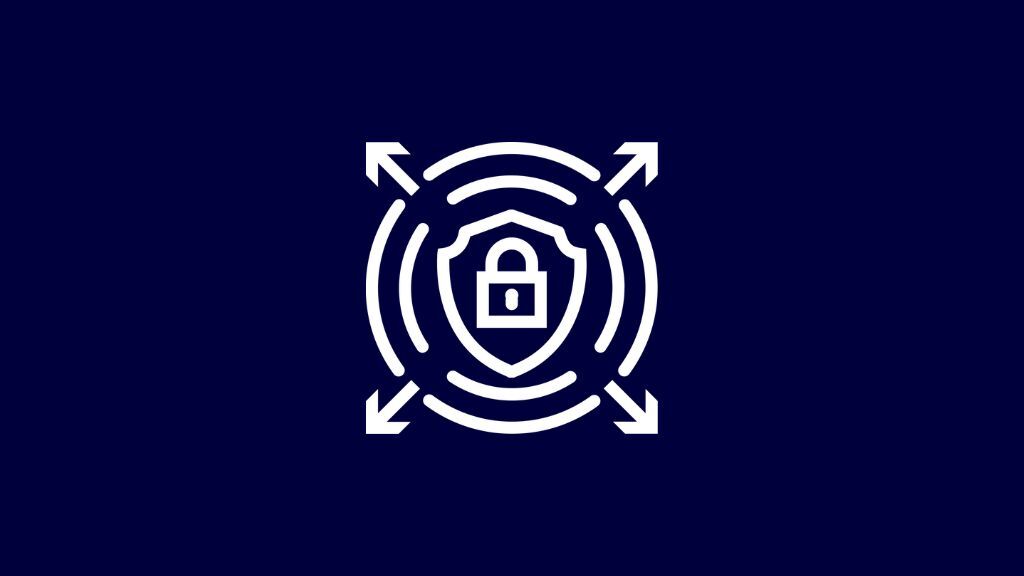Understanding Physical Intrusion in Pentesting: The Unseen Force in Cybersecurity - Part 1
Cybersecurity isn't just about firewalls and passwords. Sometimes, the biggest threats walk right through the front door. This blog explores the overlooked world of physical intrusion in pentesting. Learn how bypassing physical barriers can compromise even the most secure digital systems.
The Art of Physical Intrusion
Physical intrusion is an essential yet often overlooked component in the ever-evolving field of cybersecurity. While cyberattacks regularly make headlines, physical attacks, which require a physical presence on-site, often go unnoticed. In this article, we will explore the role of physical intrusion in the context of penetration testing (pentest) and its critical significance for organizational security.
Penetration testing is a method of assessing the cybersecurity of an organization by identifying and exploiting vulnerabilities in its systems, networks, and applications. It is often associated with virtual security testing, but there is also a crucial physical component. Physical penetration tests simulate real-world intrusion attempts that malicious actors might undertake to gain physical access to premises or IT infrastructures.
Security professionals, commonly referred to as "pentesters," employ various techniques to test the physical security of an organization. This includes bypassing locking systems, disabling alarms, exploiting flaws in video surveillance systems, and even engaging employees through social engineering techniques to access sensitive information. These tactics mimic the attacks determined criminals might use to infiltrate premises.
Why Physical Intrusion Matters ?
Physical intrusion is much more than mere burglary exercises; it is an integral method for assessing the overall security of an organization. Here are some reasons why physical intrusion is important :
- Exposing Weak Points: Physical penetration tests uncover vulnerabilities in an organization's physical security systems, including locks, access cards, alarms, and surveillance cameras. This allows organizations to strengthen weak points and adopt more robust security measures.
- Unauthorized Access: Physical attackers, if they gain access to premises or IT systems, can cause significant harm. Once inside the building, an attacker can connect an implant to the network. Physical penetration tests help prevent such incidents by enhancing defenses.
- Employee Awareness: Physical penetration tests educate employees on the importance of physical security. Employees are trained to recognize social engineering and bypass attempts, increasing vigilance.
- Regulatory Compliance: Many regulations require organizations to adequately protect data and infrastructure. Physical penetration tests aid compliance by identifying and rectifying gaps.
Balancing Virtual and Real-World Security
In an increasingly digital world, it's easy to overlook physical security. However, physical intrusion remains a real threat. Security professionals must find a balance between virtual and physical challenges to effectively safeguard their organizations.
Physical penetration tests are not a threat but an opportunity to enhance security. They help organizations prepare for real-world threats by identifying and addressing vulnerabilities before an attacker exploits them. Therefore, physical intrusion is a vital component in the world of pentesting, reminding us that security is more than lines of code and firewall; it also involves protecting physical infrastructure.




